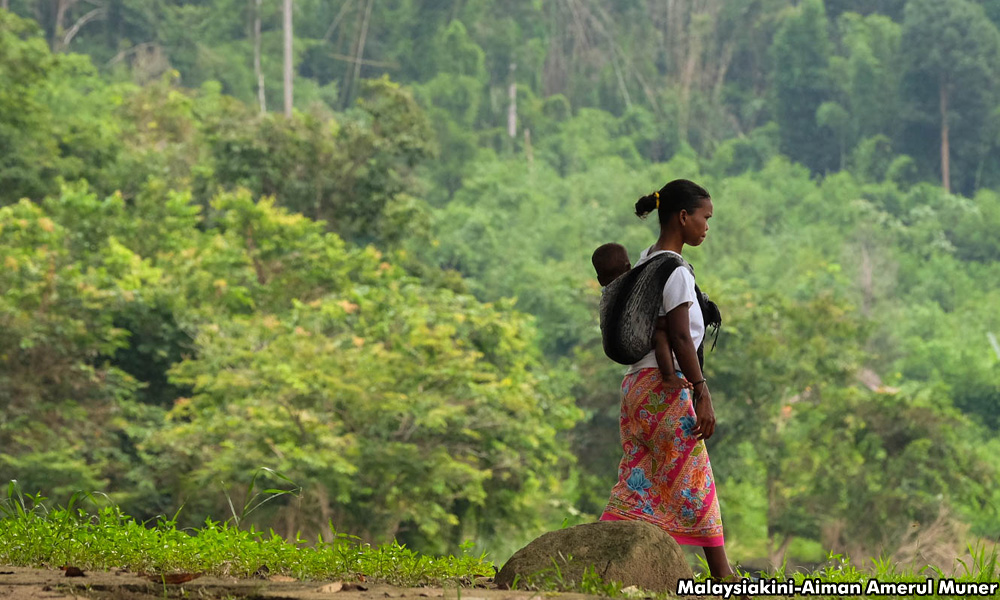A study by the Academy of Sciences Malaysia has managed to put a price tag on what some may believe to be a priceless resource - our natural landscapes and biodiversity.
According to the study released today, conserved marine and terrestrial natural areas in Malaysia have an economic growth value of a whopping US$167.24 billion (RM739.12 billion).
This is about three times the projected national revenue for 2022.
In fact, it said, this figure could be even higher if the country "prioritised conservation and restoration".
This shows that "economic growth and nature protection in the region are not mutually exclusive and that conservation could serve as the bedrock of a vibrant regional economy that generates wealth, jobs and food security," the academy said in a statement today.
The study comes amid heightened public outcry over logging, mining and other activities in forest reserve areas throughout the country.
Higher long-term benefits
The figures presented by the academy are derived from valuing 69,304 sq m of Malaysia's protected areas and other effective area-based conservation measures.
The valuation is based on nature's ecosystem services, like flood mitigation and carbon sinking, its aesthetics and cultural values, plus value from economic activities within protected areas.
For example, it said, in Kuala Tahan National Park, Pahang, ecotourism within protected areas has brought about income generation and poverty reduction.

About 47 percent of the monthly household income of the villagers there is derived within the protected areas through activities like harvesting bamboo and honey, or outside of it through tourism-related activities.
These include food and beverage outlets, chalet operations, tour guiding and boatman activities, it noted.
"Based on the emerging valuation studies, conservation if properly managed and implemented can lead to significant revenue streams and can be a crucial driver of economic development in Southeast Asia.
"Indeed, conservation efforts can be a central plank in uplifting the economic development of the region, given its sizable biodiversity heritage.
"Rather than exploiting nature, exploring the full potential of nature is likely to deliver far higher long-term benefits," it reads.
Investment required
Malaysia is one of three Southeast Asian nations on the list of 17 megadiverse nations and biodiversity hotspots in the world.
"Southeast Asia’s rich biodiversity and extensive, intact stretches of nature, including tropical forests, wetlands, mangroves and other ecosystems, can position the region as a role model for how to harness the value of nature," the academy said.
Accessing the total economic value of nature, however, requires investment in conservation, the study noted.
This includes national budget allocations and tax breaks, biodiversity offsets, natural infrastructure and development assistance.
In Southeast Asia as a whole, conservation funding of US$10.06 billion (RM44.45 billion) is required to access the total annual value of US$2.19 trillion (RM9.68 billion).
"This highlights the potential to generate a huge return of investment by investing in nature’s ecosystems and its services."
Academy’s Mahendhiran Nair said the report shows there need not be a trade-off between biodiversity conservation and economic development.
Instead, a different economic model which deepens biodiversity conservation should be pursued.
"To achieve this, there is a need to move to a 'whole of society and whole of region' approach to create a greater return on value for all stakeholders in the region and for the global community," the Sunway University economics professor said. - Mkini




No comments:
Post a Comment
Note: Only a member of this blog may post a comment.